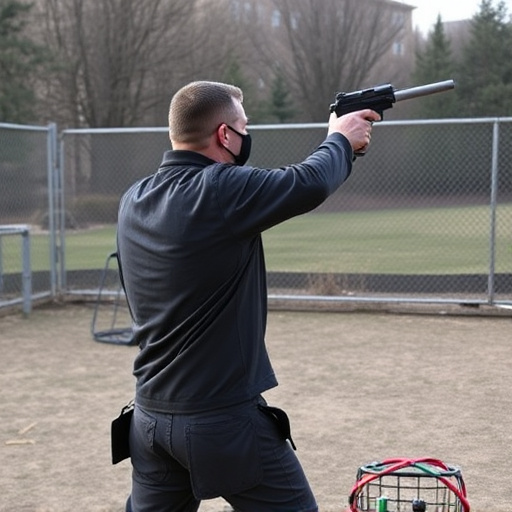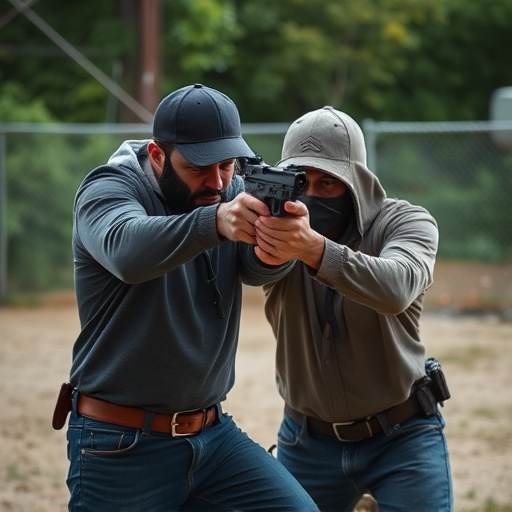The growing market for high voltage stun guns outpaces traditional detection methods, prompting law enforcement to adapt with a multi-layered approach. Specialized metal detectors, pat-downs, and visual inspections are combined with officer training to locate the compact, non-metallic designs of these advanced stun devices. Despite their innovative materials and power, high voltage stun gun brands face increased scrutiny from security measures aiming to keep them off the streets.
In today’s world, where hidden dangers can lurk in crowded spaces, understanding the landscape of concealed stun gun detection is paramount for law enforcement and security personnel. This article delves into the current state of stun gun detection technology, highlighting its limitations and challenges. We then explore High Voltage Stun Gun Brands, examining their innovative features and why they’re becoming popular choices for enhanced concealment identification.
- The Current Landscape of Stun Gun Detection Technology
- – Overview of existing detection methods used by law enforcement and security personnel
The Current Landscape of Stun Gun Detection Technology

The current landscape of stun gun detection technology is an evolving field, with constant innovations aimed at keeping pace with the proliferation of stun devices on the market. Traditional methods often rely on metal detectors and X-ray machines to identify concealed weapons, but these tools are not always effective in detecting high voltage stun guns due to their non-metallic construction and relatively low power output.
High voltage stun gun brands have emerged as a response to this gap in security measures. These manufacturers utilize advanced materials and technology to produce compact, yet powerful stun devices that can slip past conventional detection systems unnoticed. The effectiveness of these high voltage stun guns lies in their ability to deliver strong electrical currents without relying on metallic components, making them harder to identify through standard security protocols.
– Overview of existing detection methods used by law enforcement and security personnel

Law enforcement and security personnel employ various detection methods to identify hidden stun guns, or taser-like devices, during routine checks and operations. One common approach involves the use of specialized metal detectors, which can pick up on the presence of metal objects, including high voltage stun gun brands concealed on a person’s body. These detectors are particularly useful in crowded areas like airports, train stations, and large public events where quick and efficient screening is necessary.
Additionally, pat-down searches and visual inspections play a crucial role in detecting stun guns. Trained officers employ specific techniques to palpate the body for any unusual bulges or objects, while also scrutinizing individuals’ clothing and accessories for potential hiding places. High voltage stun gun brands, known for their compact and discrete designs, often fall within the realm of these visual inspections, requiring keen observation and expertise from security personnel.
As the use of stun guns becomes more prevalent among civilians for self-defense, it’s crucial that law enforcement keeps pace with advancements in detection technology. While current methods have improved, effectively identifying hidden stun guns remains a challenge. Investing in cutting-edge technologies, such as those employed by top high voltage stun gun brands, could significantly enhance security measures and ensure the safety of both citizens and officers alike.
